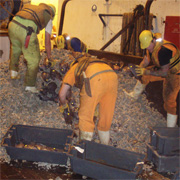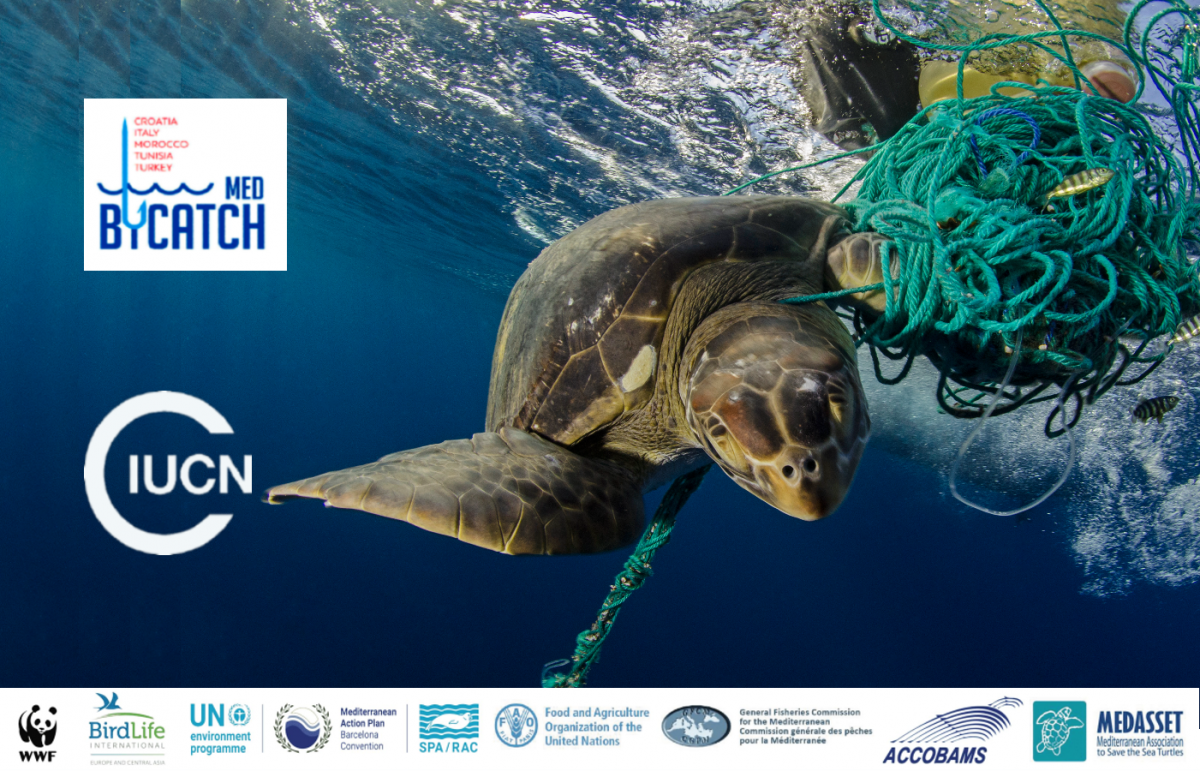Deep Discussions end in darkness in Rome
Discussions in Rome failed to agree on new guidance for deep-sea fisheries in the high seas. A second meeting was called for this summer to discuss outstanding issues.

Photo: Crown Copyright 2007 New Zealand Government
Delegates met in Rome last week (February 4-8) to develop International Guidelines on the management of deep-sea fisheries and the protection of vulnerable marine ecosystems on the high seas. The Guidelines are to aid States and regional fisheries management organizations (RFMOs) in the implementation of the 2006 United Nations General Assembly Resolution 61/105 which calls for the adoption, no later than December 2008, of conservation and management measures to protect vulnerable marine ecosystems (VMEs) on the high seas from serious impacts as a result of deep-sea fishing activities.
The FAO Draft International Guidelines on Managing Deep-Sea Fisheries on the High Seas outline the measures and approaches that states should take to ensure that the deep-sea fish stocks of the high seas are not overexploited or that fishing damages VMEs through contact with fishing gear. The Draft Guidelines were based on expert-level FAO-sponsored workshops of experts in deep-sea biology, fisheries management and the deep-sea fishing industry. In Rome this week representatives of States attempted to discuss and revise the draft Guidelines so that they would provide clear advice to States in regulating high seas bottom fisheries.
This proved not to be an easy task, as in such cases single words can dramatically change the meaning or emphasis of a Guideline. Nonetheless, a number of important provisions were agreed regarding the fundamental approach countries should take in determining which types of ecosystems are vulnerable to bottom fisheries on the high seas, where such ecosystems may be found or are likely to be found, and how to conduct environmental impact assessments to determine what impact bottom fishing may have.
Dr Alex Rogers, representing the IUCN, said that
“The August meeting will be vital. We can only hope that the end result will improve the management of deep-sea fisheries and protect the diversity of vulnerable deep-sea ecosystems. In the interim, the agreed elements can be utilized by RFMOs and States to inform conservation and management of deep sea fisheries and the protection of VMEs on the high seas.”
The IUCN-commissioned report on the Science behind the Guidelines, provided critical background information for the meeting. Co-authored by Alex D Rogers, Malcolm R Clark, Jason M Hall Spencer and Kristina M. Gjerde, the report provides a state of the art review of vulnerable seabed communities and where they occur, their vulnerability to significant adverse impacts from bottom fishing activities on the high seas, and options for precautionary fisheries management.
The report also brings together some of the latest scientific research revealing the slow growth and long lives of many deep-sea species, providing a valuable picture of the diversity and fragility of life on the seabed. We now know that a single octocoral colony, for example, can live for up to 2,700 years – in other words the coral settled at a time close to when Homer was writing about the fall of Troy. Lophelia reefs in the Northeast Atlantic have been around for 10,000 years; they started growing before the time the earliest human civilization started in Mesopotamia, now Iraq. Coral habitats in some southerly areas of the North Atlantic are even older and corals have resided there continuously for up to 50,000 years. This was the time that modern humans were expanding out of Africa and still shared the world with Neanderthals. These animals tend to occur in places characterised by steep slopes, rough seabed and a high exposure to currents that keep rocks clear of sediments and supply the animals with food in the form of organic detritus or zooplankton. These areas, which include seamounts, banks and the margins of the continental shelves and oceanic islands, are also the places where commercially valuable fish species occur. Fishing on such features can be intense and fishing gear that contacts the seabed can smash or remove the fragile animals that form these vulnerable marine ecosystems.
Deep-sea fisheries on the high seas have generally been unregulated leading to a “boom and bust” pattern of fisheries where stocks are rapidly overexploited or depleted. This is because deep-sea fish are often characterised by slow rates of growth, late maturation, extreme longevity, low fecundity and intermittent recruitment where spawning may not occur every year. Some deep-sea fish, such as orange roughy, do not mature until they are older than 20 years and they may live to more than 100 years. Such species are highly vulnerable to overfishing.
As well as the vulnerability of the targeted fish species, deep-sea fisheries can also have severe impacts on deep-sea ecosystems that are characterised by rich biodiversity, or a high proportion of species not found elsewhere (endemic species). These include stunning cold-water coral reefs and coral or sponge gardens, places where animals form structures on the seabed that are home to many other species. They also include chemosynthetic ecosystems such as hydrothermal vents and hydrocarbon seeps, places where fluids, rich in hydrogen sulphide, a poison to most animals, flow out of the seabed. A few, specialised animals, can survive in these toxic habitats and gain their nutrition by forming symbiotic relationships with sulphur bacteria or by feeding on the rich bacterial mats that live around the vents and seeps. These species are often not found outside of these special ecosystems and therefore have very narrow ranges of geographic distribution.
For more information, please contact:
Kristina Gjerde
High Seas Policy Advisor
Ul. Piaskowa 12c
05-510 Konstancin-Chylice
Poland
Tel: ++ 48 22 754 1803
Fax: ++ 48 22 756 4919
E-mail: kgjerde@it.com.pl



